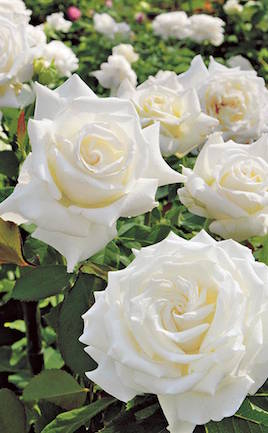- Flowers
Flower Bulbs Allium Bulbs Anemones Begonia Tubers Crocus Bulbs Daffodil Bulbs Dahlia Tubers Hyacinth Bulbs Lily Bulbs Tulip Bulbs Woodland Flower Bulbs Other Flower BulbsFlower Plants Annual Bedding Plants Children's Flower Plants Clematis Climbing Plants Cottage Garden Plants Exotic Plants Flowers For Cutting Plants Foliage Plants Greenhouse & Indoor Plants Ground Cover Plants Hanging Basket Plants Lavender PlantsHardy Geraniums Herbaceous Border Plants Heuchera Pansies and Violas Patio Plants Water Plants Window Box Plants Winter Bedding Plants Hydrangea Large impact plants Recommended By Our Experts
- Fruit & Vegetables
- Trees, Shrubs & Ornamentals
- House Plants
- Tool Shed
Garden Tools & Equipment Barrows and Trolleys Garden Solutions Harvesting Plant Supports Seed Sowing Tree Stakes Water Butts Weed Control Hand Tools Secateurs, Snips and Pruners WorkshopGarden Irrigation & Watering Irrigation Kits Water Butts Hoses & Sprays Miscellaneous Fertilisers Plant Pots Hanging Baskets Plant Protection Garden Compost All Compost
- Outdoor Living
Garden Living Barbecues & Firepits Garden Storage Solar Lights & Lighting Fixtures & Ornaments Awnings Sail Shades Garden Clocks Landscaping Lawn Edging PavingPatio Heaters Gas Patio Heaters Electric Patio Heaters Fire Pits, Chimeneas, Fire Baskets Wallmounted/Ceiling Patio Heaters Freestanding/Table Top Patio Heaters Water Features Solar Powered Water Features Mains Powered Water Features Indoor Water Features Outdoor Water FeaturesGarden Furniture Rattan Furniture Parasols Garden Benches Dining Sets Loungers Wooden Furniture Party Tents & Gazebos
- Wild Birds
- Gardening Info
- Special Offers
Join Our Gardening ClubVan Meuwen Gardening Club
Become a Member
Join our Gardening Club to unlock exciting perks and discounts!
JUST £10 for one year's membership
10% OFF EVERY order placed online £20 worth of Van Meuwen Vouchers Exclusive members only deals Join NowHow to prune roses
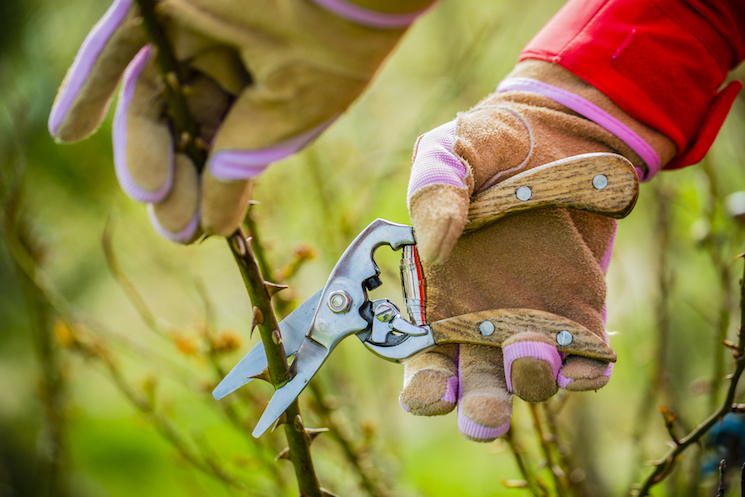
Follow these simple steps for pruning success
Image: ShutterstockPruning rose bushes is very easy if you follow a few simple steps. To get the best results, it helps if you concentrate on why you’re pruning. You’re trying to encourage new, vigorous shoots to replace older, weaker ones, and to produce an attractive overall shape. For further information about how to plant and grow roses, take a look at our guide.
When to prune roses
Roses are normally pruned in their dormant season, between autumn and early spring, although during severe winters it’s best to wait until late-February or March. Most newly planted roses should be pruned hard after planting, to 8cm above ground level. The only exceptions are climbing and rambling roses, which should be allowed to grow freely.
How to prune roses
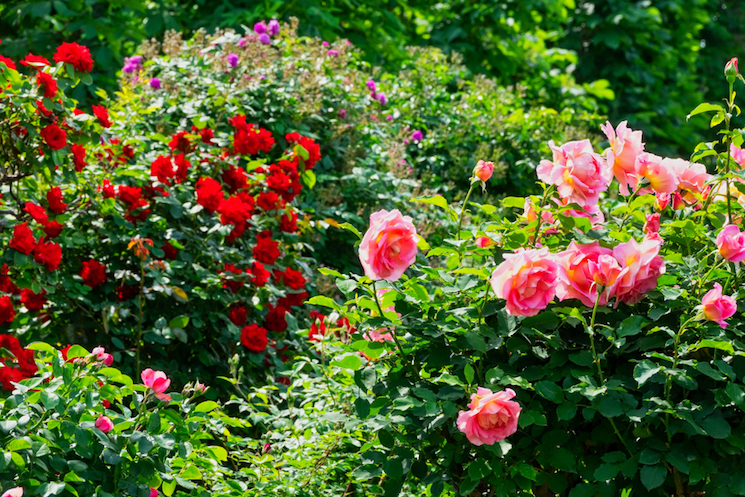
Pruning helps maintain a pleasing shape
Image: Muellek JosefIt's a good idea to wear thick gloves when pruning roses and to use clean, sharp secateurs. When pruning, make a cut at an angle above a bud, with the cut facing in the direction the new shoot will grow. All roses need to have any dead, damaged or diseased shoots removed first, cutting them back to healthy wood.
It’s helpful to know what type of rose you have before pruning, as they all have different requirements.How to prune hybrid tea and floribunda roses
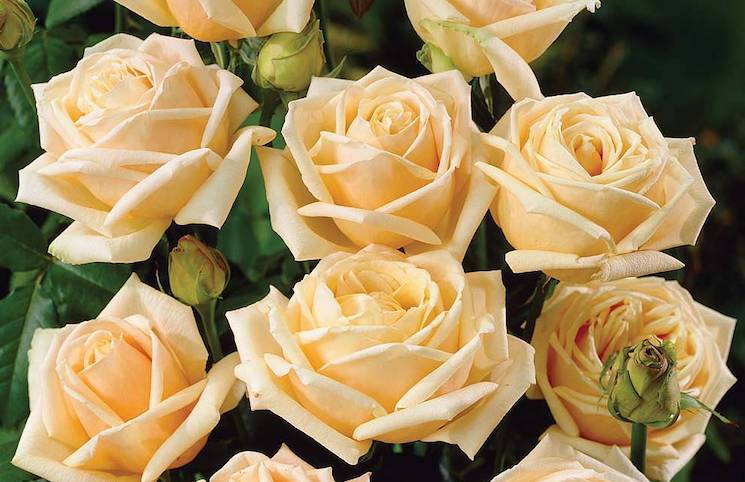
The hybrid tea rose 'Diamond Jubilee'
Image: Van MeuwenThese modern roses are the most commonly available and flower on new or current season's wood, so can be cut back quite hard each year.
After removing any dead, damaged or diseased shoots, thin out weak growth or crossing shoots to leave a well-balanced framework. If the bush is very crowded, remove some of the old shoots at the base to open up the rose bush.
For hybrid tea roses such as 'Diamond Jubilee', shorten the remaining shoots to 4 or 6 buds from the base (about 15cm or 6 inches).
For floribunda roses such as 'Queen Elizabeth' shorten the main shoots to about 30cm (12 inches) from the ground and reduce any remaining side shoots by about two-thirds of their length.How to prune shrub roses
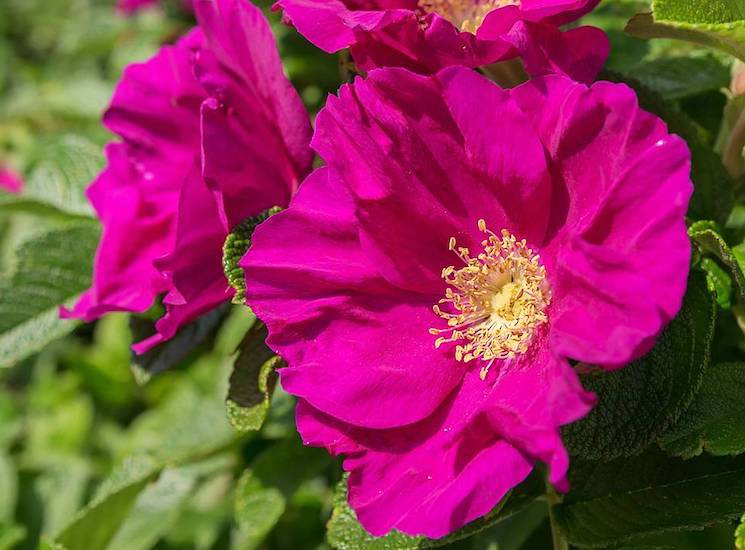
Species shrub rose rugosa 'Rubra' is also known as the Red Japanese Rose
Image: Van MeuwenShrub roses, ground cover roses and old-fashioned roses flower on wood that’s two or more years old, so require little pruning. Only prune out dead, diseased or damaged branches.
Mature specimens will benefit from having a few older stems removed each winter, cutting right down to the base to encourage new vigorous growth. Never reduce the number of stems by more than a third. The remaining side shoots should be reduced to two buds.How to prune climbing roses
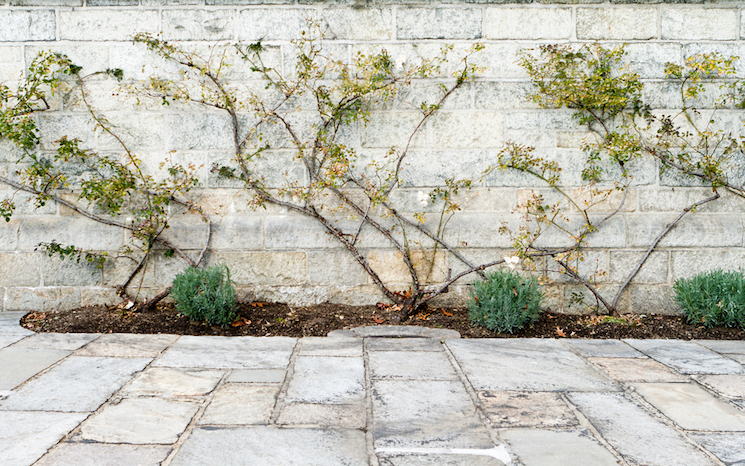
Train climbing roses to ensure even wall coverage
Image: Jim PruittClimbing roses such as 'Golden Showers' require only minimal pruning in late-autumn or winter, after flowering has finished. For the first two years, no pruning should be carried out - just remove any dead, diseased or weak, twiggy growth.
The most important aspect of care is to train the shoots along their supports to ensure an even coverage of the wall or fence and encourage flowering.
Once your climbing rose has established, continue to annually prune out any dead, damaged, diseased or twiggy growth in late autumn. Also prune any flowered side-shoots back to about two-thirds of their length. Do not prune the main shoots unless they have outgrown their allotted space, in which case prune as necessary to reduce the overall size.
As your climbing rose ages, the base may become bare. To renew growth at the base, cut back one or two of the old main shoots to within 30cm (12 inches) of the ground. New vigorous growth should emerge in the spring.How to prune rambling roses
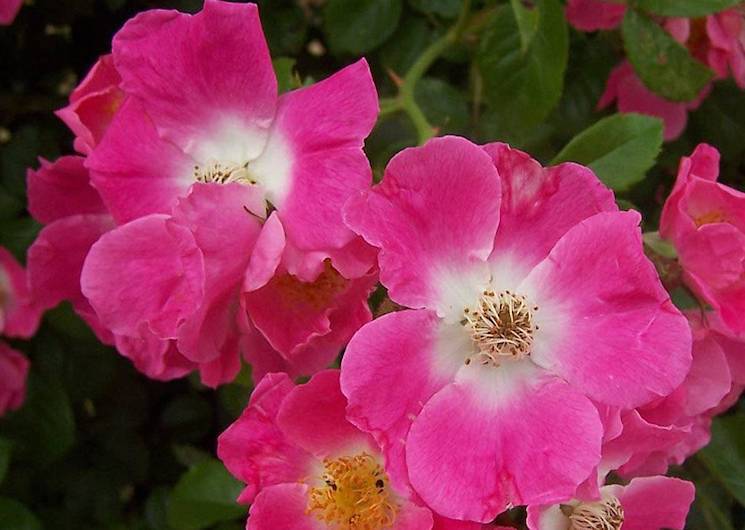
Ramblig rose 'American Pillar'
Image: Van MeuwenRambling roses such as 'American Pillar' are pruned in late summer. For the first two years, only prune out any dead, diseased or damaged growth.
Once your rambling rose has covered its support, completely remove about a third of all older shoots to ground level. Tie in the remaining shoots to form a well-balanced framework. Shorten all side shoots to leave between 2 and 4 healthy 'buds' (or shoots) remaining. Tying in stems to a horizontal position along their support encourages more flowers to form.Deadheading roses
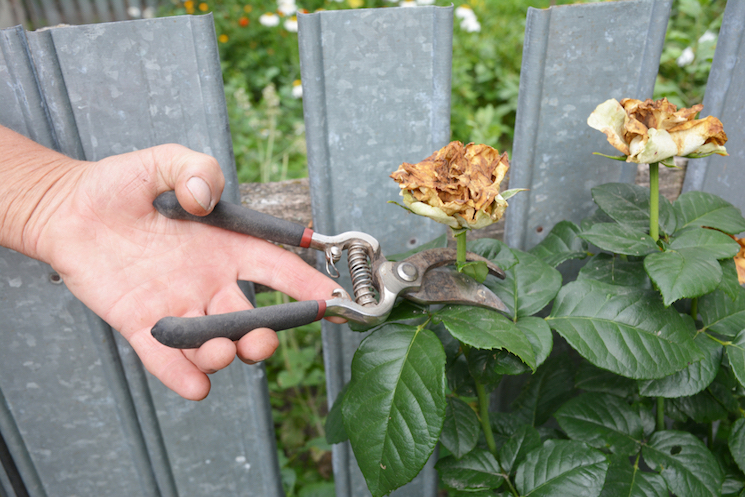
Deadheading keeps roses looking their best
Image: Radovan1Deadheading roses encourages more blooms and new growth. It also keeps rose plants looking their best. Removing faded flowers before they turn soggy in the rain will also prevent fungal infections.
However, if your rose is still flowering in the autumn, stop deadheading, as this may encourage new soft growth which could be damaged by frosts. You can also leave the rose hips (seed heads) on the plant for winter interest if you prefer.
When autumn comes, clear away any fallen leaves from around your rose bushes as these may carry diseases such as black spot, which will overwinter and infect your flowers next year.We hope this guide has told you all you need to know about pruning roses. Follow these steps and your rose plants will give you beautiful blooms for years to come.
Sign up to the Van Meuwen Gardener's Club for Special Offers
Delivery Information Privacy Policy Cookies Terms of Business Affiliate Programme Planting & Cultural Advice Contact Us© 2025 Van Meuwen. All rights reserved. A division of Branded Garden Products Limited.
- House Plants

